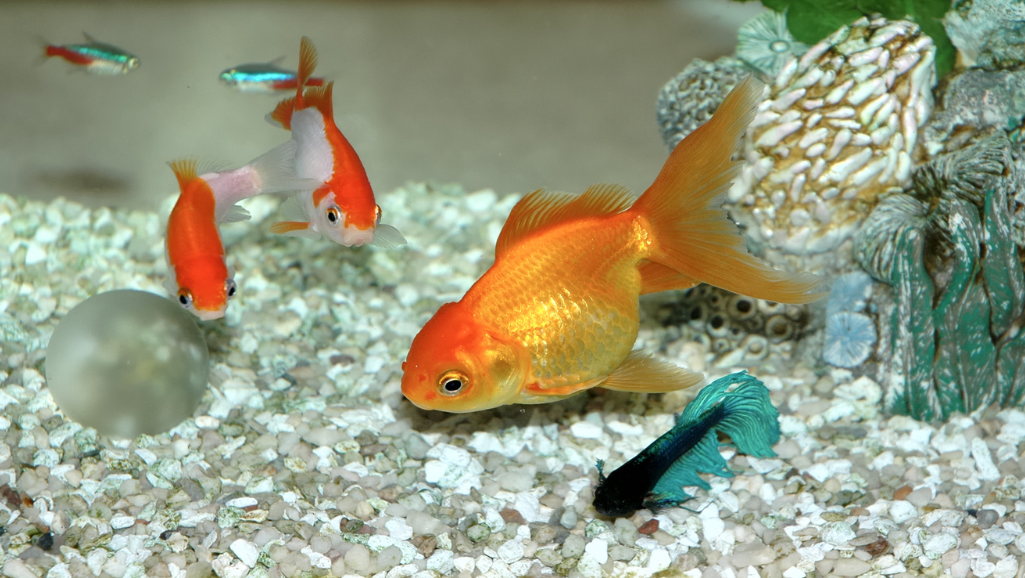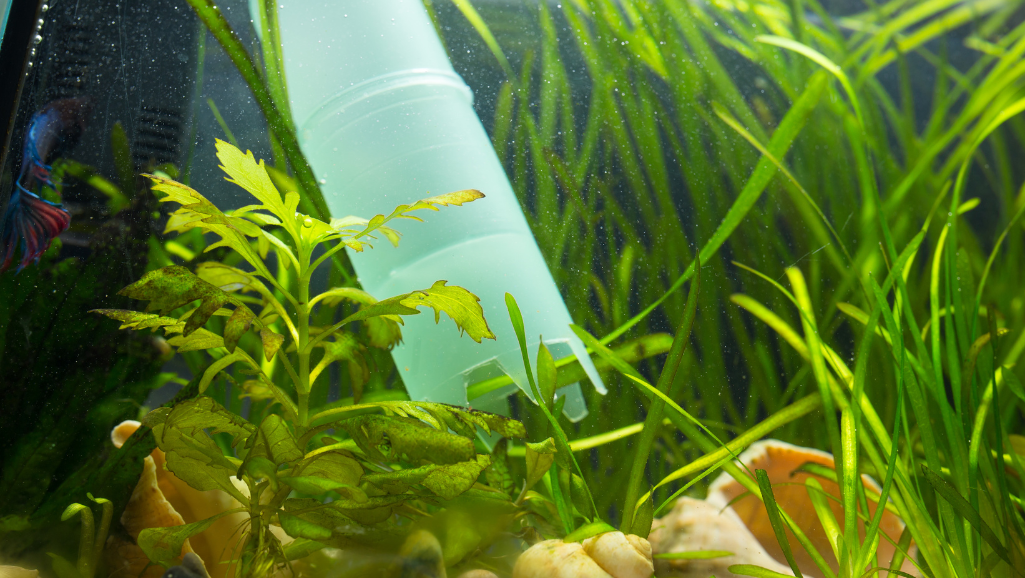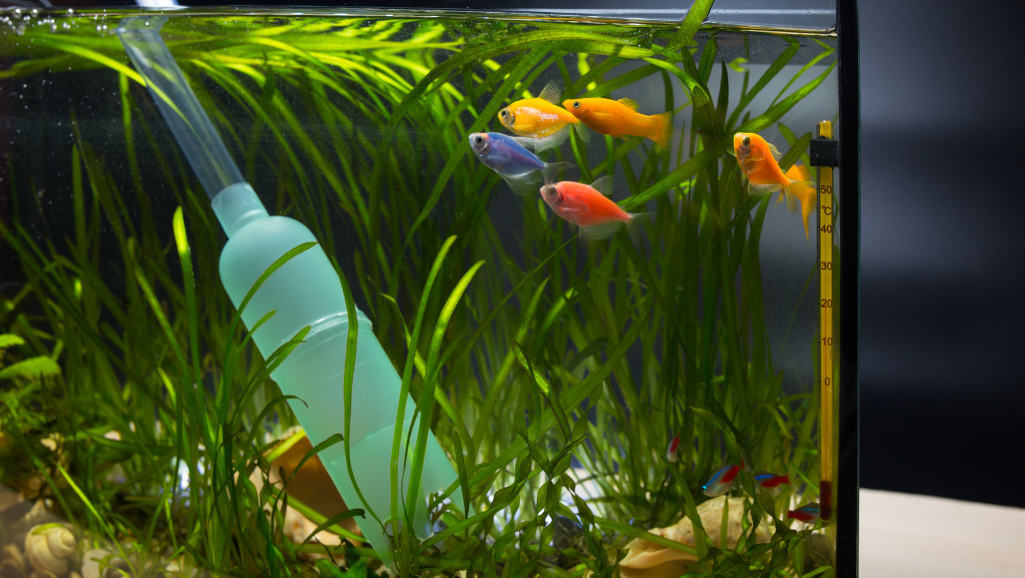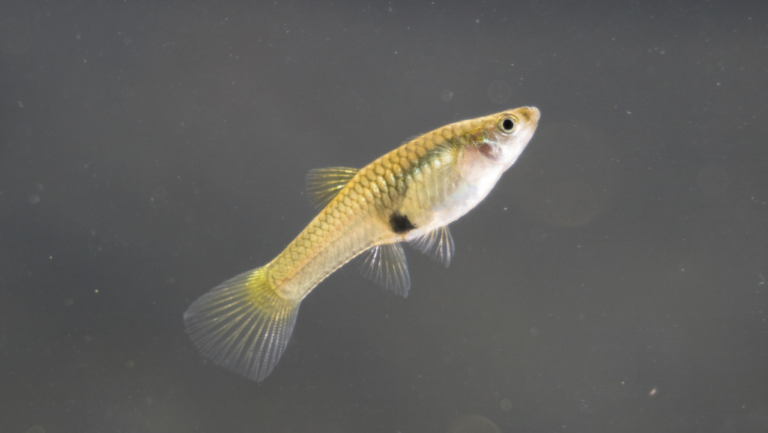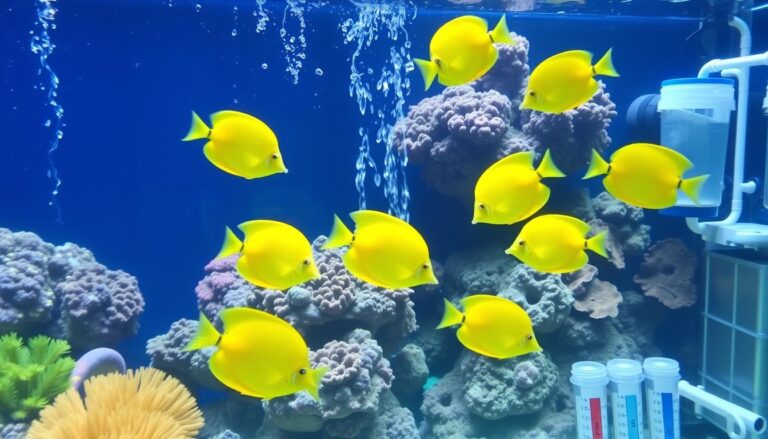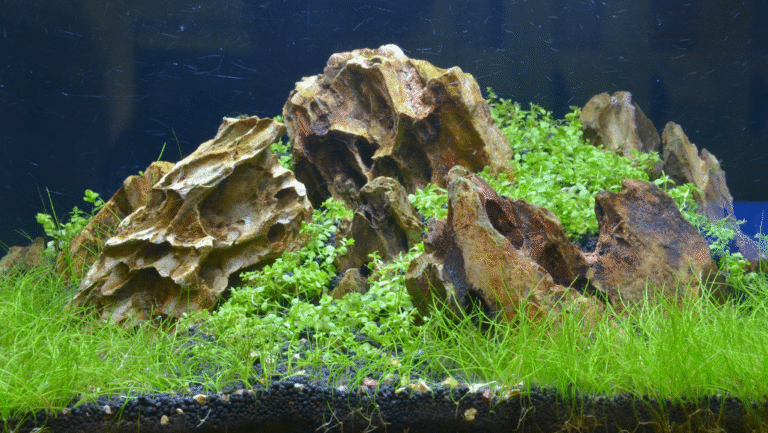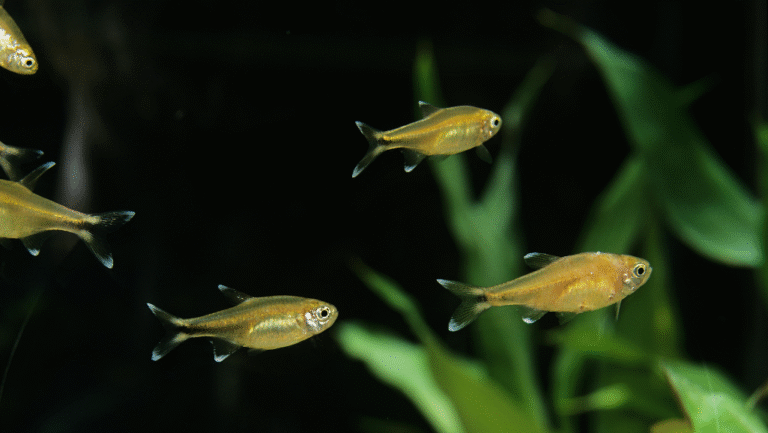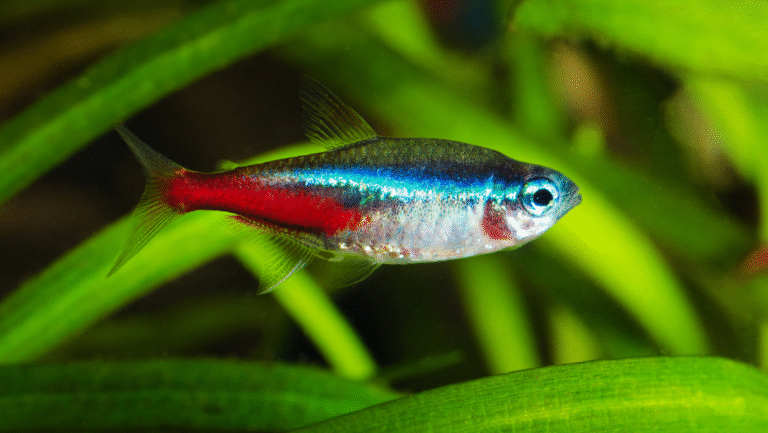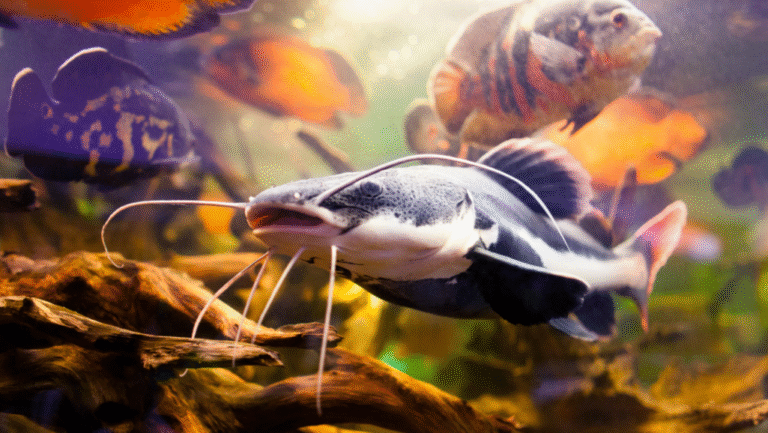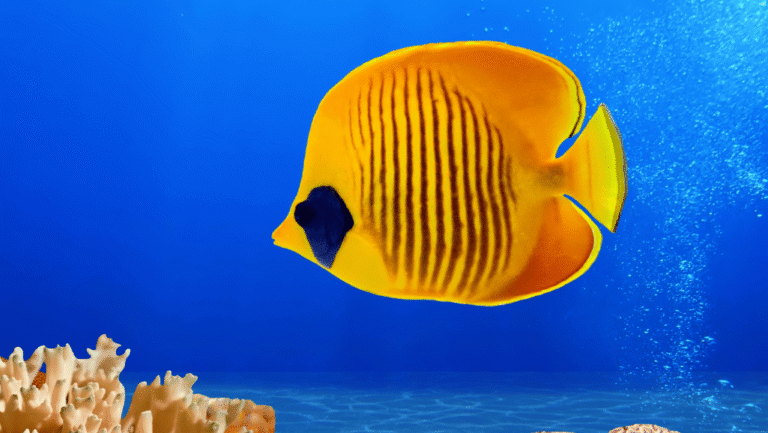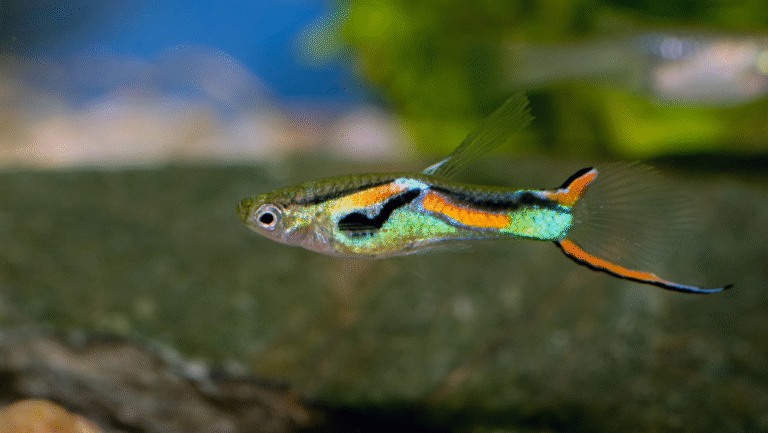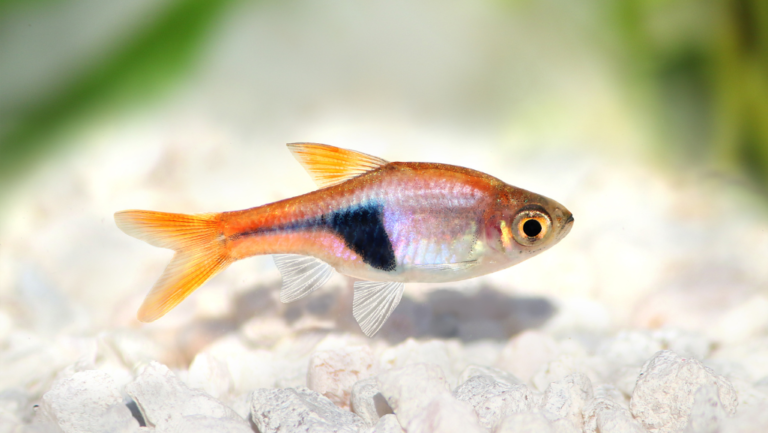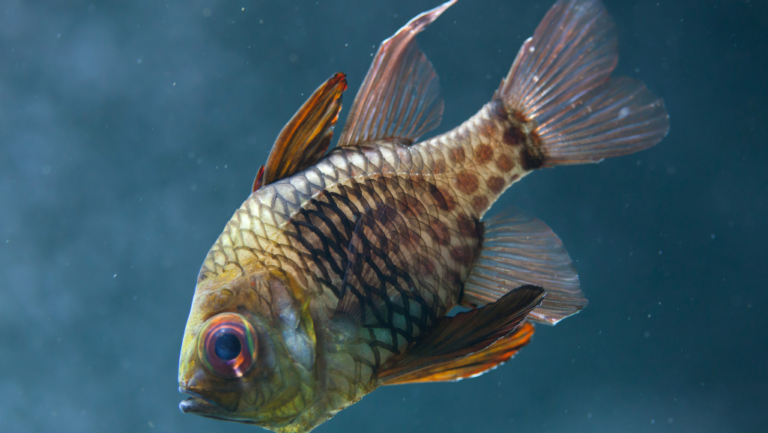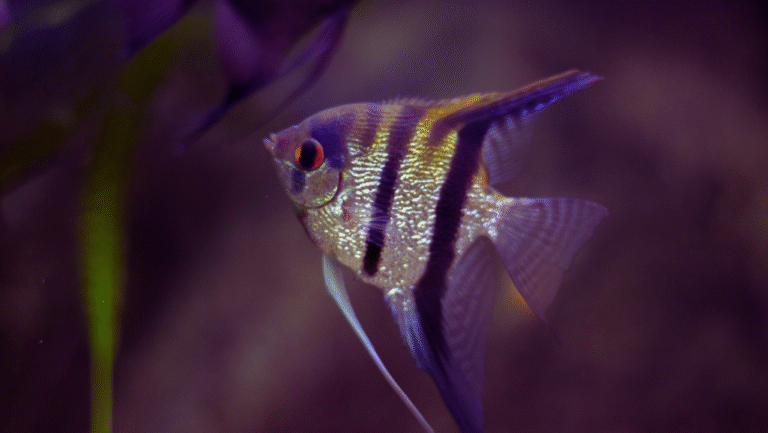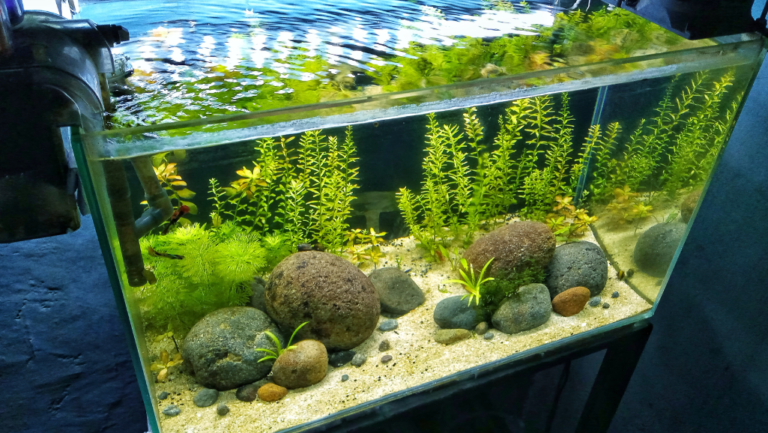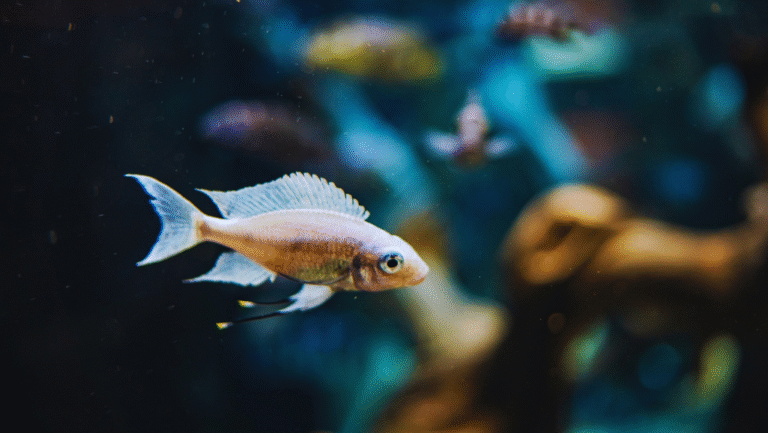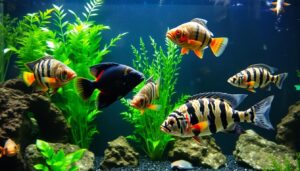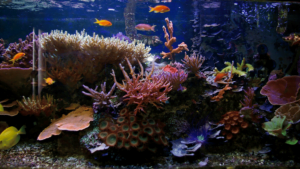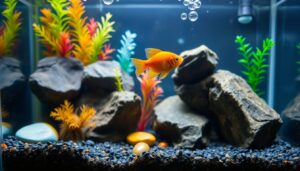Maintaining a healthy aquarium environment requires attention to detail, especially when it comes to the substrate. Gravel plays a crucial role in housing beneficial bacteria that keep the ecosystem balanced. However, removing debris and waste without disrupting this balance can be a challenge, particularly if you don’t have specialized equipment.
Preserving the bacterial colonies while keeping the substrate clean is essential for the well-being of your aquatic pets. This process ensures that harmful toxins like ammonia and nitrites are kept in check. Fortunately, there are practical methods to achieve this using common household items.
Whether you’re maintaining a Betta fish tank or a larger aquarium, avoiding 100% water changes is key. Partial water changes, combined with careful gravel maintenance, help sustain the tank’s biological balance. Distilled water, such as Walmart-sourced options, can also be a useful tool in this process.
Key Takeaways
- How to Clean Gravel in Fish Tank Without Vacuum.
- Preserve beneficial bacteria while removing debris from gravel.
- Use household items to maintain the substrate without specialized tools.
- Avoid complete water changes to sustain the tank’s ecosystem.
- Distilled water can be a helpful resource for maintaining water quality.
- Partial water changes are essential for balancing the aquarium environment.
Why Cleaning Gravel Is Essential for Your Fish Tank
The substrate in your aquarium is more than just decoration; it’s a critical component of water quality. Gravel acts as a natural filter, trapping debris and providing a habitat for beneficial bacteria. These bacteria break down harmful toxins like ammonia, ensuring a safe environment for your aquatic pets.
When waste accumulates in the substrate, it decomposes and releases ammonia. High ammonia levels can stress or even harm your fish. Regular maintenance prevents this buildup, keeping the water quality stable and your fish healthy.
Uncleaned gravel can develop anaerobic pockets, where harmful bacteria thrive. These pockets produce toxic gases that disrupt the tank’s balance. Additionally, surface films can form, reducing oxygen levels. This is especially problematic for species like Bettas, which rely on surface breathing.
In planted tanks, live plants absorb some waste, reducing the need for frequent cleaning. However, dense root systems can trap debris, requiring careful attention. Non-planted tanks, on the other hand, depend entirely on gravel maintenance to prevent algae blooms and odors.
Neglecting gravel cleaning can lead to unpleasant smells, cloudy water, and stressed fish. By keeping the substrate clean, you ensure a thriving, balanced aquarium ecosystem.
How to Clean Gravel in Fish Tank Without Vacuum
Keeping your aquarium substrate in top shape is vital for a thriving aquatic ecosystem. While specialized tools like vacuums are helpful, there are effective alternatives that preserve the balance of your tank water. These methods ensure debris is removed without harming beneficial bacteria.
Using a Small Pump and Filter Sock
A small pump paired with a filter sock can efficiently remove debris from the substrate. Place the pump near the gravel and let it draw water through the sock. This method traps waste while allowing beneficial bacteria to remain undisturbed. It’s a great way to maintain water quality without disrupting the ecosystem.
The Manual Stir-and-Siphon Method
Gently stir the substrate to release trapped debris, then use a siphon to remove it. This process, known as gravel agitation, helps eliminate waste without requiring a vacuum. Be careful not to disturb the entire substrate, as this can harm the bacteria colonies. This method is simple yet effective for routine maintenance.
Partial Water Changes with Gravel Agitation
Partial water changes are essential for maintaining a healthy aquarium. Replace 20-30% of the tank water, ensuring the new water matches the temperature of the existing environment. During the change, lightly agitate the gravel to release debris. Use distilled water, like Walmart’s gallon options, as an emergency solution. Always add a water conditioner afterward to neutralize harmful chemicals.
Combining gravel agitation with surface skimming can also remove white film and improve oxygen levels. Avoid 100% water changes, as they can disrupt the tank’s balance. By following these steps, you can keep your substrate clean and your aquatic pets healthy.
Alternative Tools for Gravel Cleaning
Innovative approaches can make maintaining your aquarium substrate easier and more efficient. Instead of relying on specialized equipment, you can repurpose everyday household items to tackle common problems. These DIY solutions not only save money but also ensure your aquarium remains a healthy environment for aquatic life.
Repurposing Household Items
Many household items can be transformed into effective substrate cleaners. For example, a simple mesh screen can separate debris from the substrate without disturbing beneficial bacteria. This method is particularly useful for removing larger particles that accumulate over time.
Another practical solution is using a sponge filter. By modifying it slightly, you can create a dual-purpose tool that cleans the substrate while filtering water. This approach is both cost-effective and efficient.
DIY Gravel Cleaning Solutions
Creating your own tools can be a fun and rewarding project. A battery-operated gravel washer is an excellent example. It uses gentle suction to remove debris while preserving the substrate’s balance. This DIY cleaner is perfect for routine maintenance.
Floating debris traps are another innovative solution. These traps use surface tension to collect waste, making it easy to remove without disrupting the tank. Additionally, vinegar solutions can help dissolve mineral deposits, ensuring your substrate stays clean and healthy.
- Build battery-operated gravel washers for efficient debris removal.
- Construct mesh screens to separate waste from the substrate.
- Design floating debris traps to collect surface waste effortlessly.
- Modify sponge filters for dual cleaning and filtration purposes.
- Implement vinegar solutions to tackle mineral buildup effectively.
By exploring these alternative tools and DIY solutions, you can maintain a pristine aquarium without relying on specialized equipment. These methods are not only practical but also environmentally friendly, making them ideal for any aquarium enthusiast.
Step-by-Step Guide to the Stir-and-Remove Technique
Effective aquarium maintenance relies on techniques that balance cleanliness with ecosystem health. The Stir-and-Remove method is a practical approach to keeping your substrate debris-free while preserving beneficial bacteria. This step-by-step guide ensures your aquatic environment remains healthy and vibrant.
Preparing Your Tank and Fish
Before starting, ensure your aquatic pets are safe. Set up a temporary tank to move your fish during the process. This prevents stress and keeps them secure. Check the water parameters in the temporary tank to match the main aquarium’s conditions.
Loosening Debris with Gentle Stirring
Use a siphon or a soft tool to gently stir the substrate. This releases trapped debris without disturbing the beneficial bacteria. Avoid aggressive movements, as they can disrupt the tank’s balance. Focus on areas with visible waste buildup.
Removing Floating Waste
Once debris is loosened, it will rise to the surface. Use a filter or siphon to remove the floating waste efficiently. For stubborn particles, consider surface skimming with paper towels. This method is particularly effective for removing oil films that can affect Betta breathing.
Additional techniques include utilizing air stone bubbles to concentrate debris for easier removal. After cleaning, lightly agitate the surface to ensure no waste remains. Prevent future accumulation by avoiding overfeeding and removing uneaten food promptly.
“A clean surface ensures optimal oxygen levels, crucial for the health of your aquatic pets.”
- Surface skimming with paper towels for emergency oil film removal.
- Air stone bubbles to gather debris for easy extraction.
- Post-cleaning agitation to maintain water clarity.
- Preventive measures like controlled feeding to minimize waste buildup.
Maintaining Clean Gravel Between Deep Cleans
A pristine aquarium relies on consistent care, especially between deep cleans. By implementing simple routines, you can keep your substrate debris-free and your aquatic environment healthy. Here are some effective strategies to maintain cleanliness without disrupting the ecosystem.
Daily surface skimming is a quick and efficient way to remove debris. Use a fine mesh net or paper towels to eliminate floating waste. This routine prevents buildup and keeps the water clear. Additionally, strategic feeding minimizes excess food sinking into the substrate, reducing waste accumulation.
Integrating live plants into your aquarium offers natural filtration. Plants absorb nutrients from debris, reducing the need for frequent cleaning. For example, species like Java Fern or Anubias thrive in gravel and help maintain water quality. Learn more about aquarium care and maintenance to optimize plant benefits.
Regular filter maintenance is equally important. Clean or replace filter media monthly to ensure efficient debris removal. This schedule complements gravel cleaning and keeps your tank clean. For advanced tips, explore gravel cleaning techniques.
“A clean substrate supports a balanced ecosystem, ensuring the health of your aquatic pets.”
Finally, manage light exposure to control algae growth. Excessive light promotes algae, which can clog the substrate. Use a timer to regulate lighting and maintain a natural day-night cycle. These practices, combined with a consistent routine, will keep your aquarium thriving between deep cleans.
Common Mistakes to Avoid When Cleaning Gravel
Ensuring a balanced aquarium environment involves avoiding common pitfalls during substrate maintenance. Overcleaning or using untreated water can disrupt the delicate ecosystem, harming both beneficial bacteria and aquatic life. Here’s what to watch out for to keep your aquarium thriving.
Overcleaning and Disrupting Beneficial Bacteria
One of the most frequent errors is overcleaning the substrate. While removing debris is important, excessive cleaning can destroy beneficial bacteria colonies. These bacteria are essential for breaking down harmful toxins like ammonia and nitrites.
To avoid this, focus on targeted cleaning rather than deep scrubbing. Partial water changes and gentle agitation are effective ways to maintain cleanliness without disrupting the ecosystem. Always test water parameters regularly to ensure a healthy balance.
Using Untreated Water for Changes
Adding untreated water to your aquarium is a serious mistake. Tap water often contains chlorine and chloramines, which are toxic to aquatic life. Without a conditioner, these chemicals can harm your fish and disrupt the tank’s balance.
If you run out of conditioner, avoid using chlorinated water as an emergency solution. Instead, consider distilled water or let tap water sit for 24 hours to allow chlorine to evaporate. Always test for residual chlorine or chloramines before adding water to the tank.
“Using untreated water can lead to immediate stress or even fatalities in your aquatic pets. Always treat water before adding it to the aquarium.”
- Risks of chlorinated water: Toxic to fish and beneficial bacteria.
- Emergency alternatives: Distilled water or aged tap water.
- Proper storage: Keep prepared conditioned water on hand for emergencies.
- Testing: Check for residual chlorine or chloramines before use.
- Temperature matching: Ensure new water matches the tank’s temperature to prevent shock.
By avoiding these common mistakes, you can maintain a healthy and balanced aquarium environment. Proper care ensures your aquatic pets thrive and your substrate remains clean and functional.
How Often Should You Clean Your Tank Gravel?
Determining the right schedule for substrate maintenance ensures a thriving aquatic habitat. The frequency depends on factors like stocking density, tank setup, and seasonal changes. Overcleaning can disrupt beneficial bacteria, while neglecting it can lead to poor water parameters and algae growth.
For tanks with live plants, less frequent cleaning is often sufficient. Plants absorb waste as natural fertilizer, reducing debris buildup. In contrast, tanks with artificial decor or messy fish like Plecos may require more attention. Regular testing for nitrates helps identify when maintenance is needed.
A 20% water change every few weeks is a common recommendation. This practice balances cleanliness with ecosystem stability. Seasonal variations, such as increased feeding in winter, may also influence cleaning schedules. Upgrading equipment, like filters, can reduce the need for frequent substrate care.
“Balancing maintenance frequency with the needs of your aquatic pets ensures a healthy and vibrant aquarium.”
By monitoring water parameters and observing your tank’s condition, you can establish a routine that works. This approach prevents overcleaning while addressing debris and algae growth effectively. A well-maintained substrate supports a thriving aquatic environment for your pets.
Signs Your Gravel Needs Immediate Cleaning
Recognizing early signs in your aquarium can prevent long-term issues with water quality and fish health. Toxic gas bubbles, such as hydrogen sulfide, are a clear indicator of anaerobic zones in the substrate. These bubbles release a rotten egg odor, signaling the need for urgent attention.
Testing for ammonia spikes after feeding is another critical step. Levels above 0.25 mg/L suggest waste buildup in the substrate. This imbalance can harm aquatic life and disrupt the tank’s ecosystem. Regular monitoring helps identify these signs before they escalate.
A visible surface film or oily layer on the water indicates debris accumulation. This issue can reduce oxygen levels, especially for species like Bettas that rely on surface breathing. Immediate action, such as skimming or partial water changes, is essential to restore clarity.
“Addressing these signs promptly ensures a healthy environment for your aquatic pets and prevents long-term damage to the ecosystem.”
Fish behavior can also reveal substrate problems. Lethargy, gasping, or unusual swimming patterns often indicate poor water quality. Additionally, excessive algae growth suggests nutrient imbalances caused by waste buildup. By staying vigilant, you can maintain a thriving aquarium and avoid costly issues.
Conclusion
Proper substrate care ensures a thriving aquatic environment for your pets. Vacuum-free methods, like stirring and siphoning, work well for various tank sizes. These techniques remove debris while preserving beneficial bacteria, which are essential for breaking down waste.
Cost-effective alternatives, such as DIY tools or household items, can replace commercial vacuums. In emergencies, chlorine removers or distilled water can help when conditioners are unavailable. Always match the temperature of new water to the tank’s environment to prevent shock.
Regular maintenance is key. A schedule of partial water changes and light substrate agitation keeps the gravel debris-free. Avoid overcleaning, as it can disrupt the bacterial balance. By following these steps, you can maintain a healthy and vibrant aquarium for your aquatic pets.
